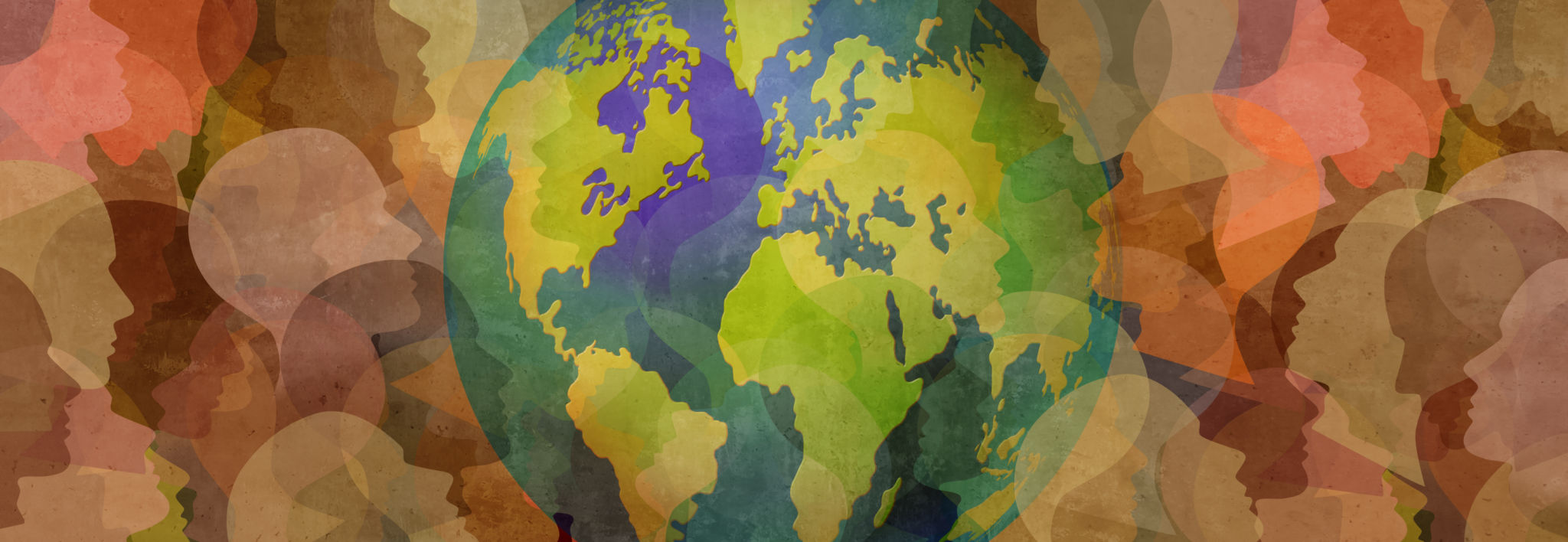Seasonal Insights: How Immigration Trends Change Over Time
Understanding Immigration Trends
Immigration trends have long been a topic of interest for policymakers, economists, and sociologists alike. These trends not only reflect the movement of people across borders but also provide insights into the economic, political, and social dynamics of different regions. Understanding how these trends change over time can help in crafting better policies and fostering cultural exchanges.
Over the years, immigration patterns have evolved due to various factors. Economic opportunities, political instability, and environmental changes are just a few of the many reasons people move from one place to another. By examining these patterns, we can gain a deeper understanding of global migration.

Economic Factors Influencing Immigration
Economic opportunities are a significant driving force behind immigration. Many individuals and families migrate in search of better job prospects and improved living standards. Countries with strong economies often become magnets for immigrants seeking employment in sectors like technology, healthcare, and construction.
Moreover, economic downturns in home countries can lead to increased emigration as people look for stable environments elsewhere. For instance, during financial crises, migration rates tend to rise as individuals seek stability and security.

The Role of Political Climate
Political factors also play a crucial role in shaping immigration trends. Regions experiencing political turmoil, war, or persecution often see a rise in emigration as individuals flee to safer havens. Conversely, countries with stable political environments become attractive destinations for those seeking refuge.
Over time, shifts in political landscapes can lead to changes in immigration policies. These policies can either encourage or restrict the flow of migrants, impacting the overall migration patterns globally.
Environmental Changes and Migration
Environmental factors are increasingly influencing immigration trends. Climate change, natural disasters, and resource scarcity are compelling people to relocate. Areas prone to flooding, droughts, or earthquakes often see higher emigration rates as residents seek safer living conditions.
As climate change continues to impact different regions, understanding its role in migration becomes essential. Countries might need to adjust their policies to accommodate environmental migrants, who move not by choice but out of necessity.

Cultural Exchange and Integration
While immigration presents challenges, it also offers opportunities for cultural exchange and integration. Immigrants bring diverse perspectives, enriching host countries with new ideas, cuisines, and traditions. This cultural exchange can foster mutual understanding and collaboration between nations.
By embracing diversity, societies can benefit from innovation and creativity. It is crucial for countries to develop inclusive policies that promote integration while respecting cultural identities.
The Future of Immigration
Looking ahead, immigration trends will likely continue to evolve as global conditions change. Technological advancements, shifts in global power dynamics, and ongoing environmental challenges will all play roles in shaping future migration patterns.
Policymakers must remain adaptable, crafting strategies that address both current and emerging migration issues. By doing so, they can ensure that immigration remains a positive force for economic growth and cultural enrichment worldwide.

